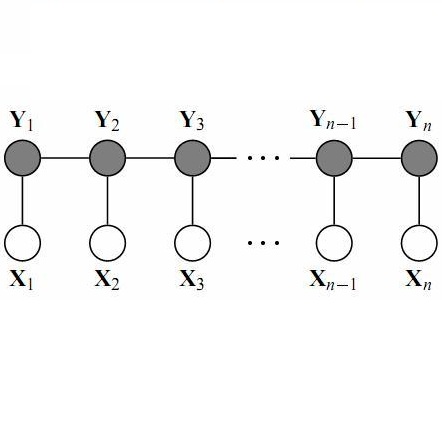Named Entity Recognition (NER) is a fundamental task in natural language processing that involves identifying and classifying named entities in text. But much work hasn't been done for complex named entity recognition in Bangla, despite being the seventh most spoken language globally. CNER is a more challenging task than traditional NER as it involves identifying and classifying complex and compound entities, which are not common in Bangla language. In this paper, we present the winning solution of Bangla Complex Named Entity Recognition Challenge - addressing the CNER task on BanglaCoNER dataset using two different approaches, namely Conditional Random Fields (CRF) and finetuning transformer based Deep Learning models such as BanglaBERT. The dataset consisted of 15300 sentences for training and 800 sentences for validation, in the .conll format. Exploratory Data Analysis (EDA) on the dataset revealed that the dataset had 7 different NER tags, with notable presence of English words, suggesting that the dataset is synthetic and likely a product of translation. We experimented with a variety of feature combinations including Part of Speech (POS) tags, word suffixes, Gazetteers, and cluster information from embeddings, while also finetuning the BanglaBERT (large) model for NER. We found that not all linguistic patterns are immediately apparent or even intuitive to humans, which is why Deep Learning based models has proved to be the more effective model in NLP, including CNER task. Our fine tuned BanglaBERT (large) model achieves an F1 Score of 0.79 on the validation set. Overall, our study highlights the importance of Bangla Complex Named Entity Recognition, particularly in the context of synthetic datasets. Our findings also demonstrate the efficacy of Deep Learning models such as BanglaBERT for NER in Bangla language.
翻译:命名实体识别 (NER) 是自然语言处理中的一项基本任务, 它涉及在文本中识别和分类命名实体。 但是,尽管孟加拉语中, 尽管是全球第七种最通用的语言, 但对于在孟加拉语中名为实体的复杂名称实体识别和分类工作还没有做很多工作。 CNER比传统的 NER 更具有挑战性, 因为它涉及识别和分类复杂和复合实体, 在孟加拉语中并不常见。 在本文中, 我们展示了孟加拉混杂命名实体识别挑战的成功解决方案 — 使用两种不同的方法, 来应对孟加拉混凝土实体数据库数据库数据设置的任务。 我们实验了多种功能组合, 包括以深层学习模式( POS) 为基础的变异器模型( BanglaBER) 。 用于培训的15300个句和用于验证的800个句, 在.conlll格式中, 探索数据分析(EDA) 显示该数据集有7个不同的NER标签, 有明显的英文词, 表明该数据集是合成的, 可能是翻译的产物。 我们实验了各种特征组合组合, 包括: 深度发言中的精度标签, 包括: 深层服务器中的精度标签, 更深的标签, 更深层LULILILUL, la, la, la, la, la la, la, la 直接 和直调, 和直调, 数据, 数据, la la, 。</s>




